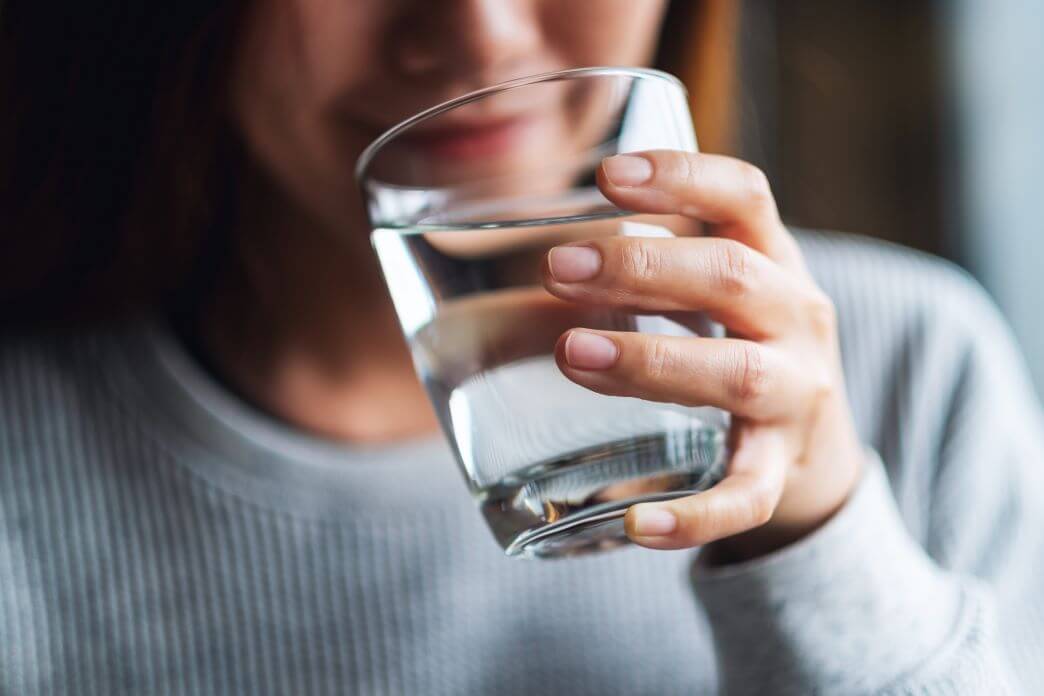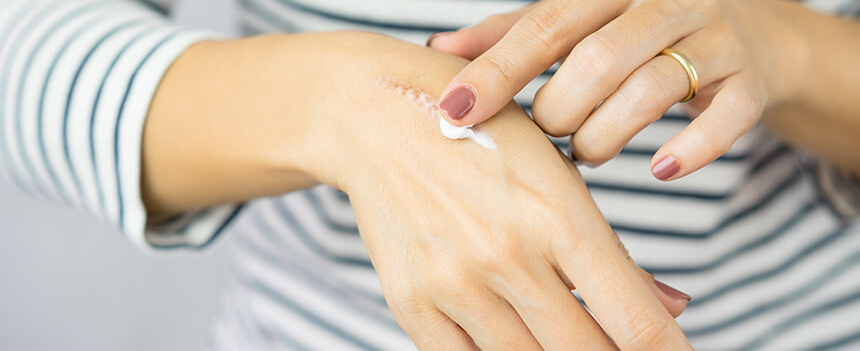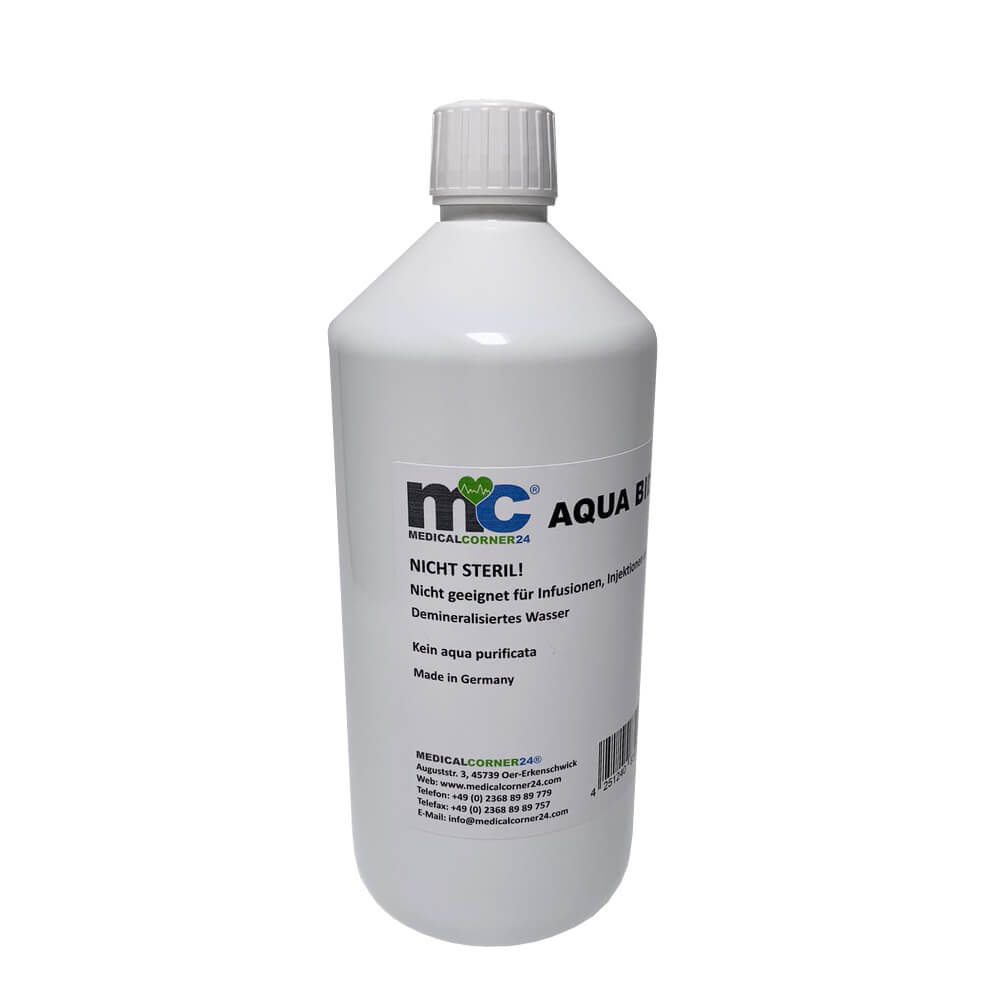
Colloidal Silver – Application, Mode of Action & Production
Colloidal silver has been used in many areas of medicine since the Middle Ages and is enjoying growing popularity today due to its antimicrobial properties as an alternative remedy against viruses, bacteria, fungi, and many other ailments. In alternative medicine, colloidal silver is attributed with many positive properties, while there are reports circulating on the internet claiming that it can turn you gray or blue if ingested.
Thanks to modern technology, colloidal silver can even be produced privately by electrolysis, dissolved in distilled or double-distilled water. But what is behind this miracle remedy that is the forerunner of our modern antibiotics? In our blog post, we explain what colloidal silver is, when it is used, and how it works.
Content
Content
What is colloidal silver?
When we talk about colloidal silver, we usually mean a form of silver that is also known as "silver water". It consists of very fine particles of nano silver or liquid dispersions of poorly soluble compounds of silver. The so-called silver colloids are the smallest particles before the atom that still retain their individual properties. These particles are up to 750 times smaller than a red blood cell. They are not soluble and form a colloidal system with distilled water, in which all the silver particles have the same electrical charge. Due to their tiny size, the particles can also reach hard-to-access areas of our body when taken internally.
Colloid systems are extremely important for life on our planet. For example, blood is also a colloidal system, specifically an emulsion (droplets in a liquid). Colloidal silver is a suspension (solid particles in a liquid).
The size of the silver particles - the colloid - depends on the manufacturing process. The particles can be mechanically ground with colloid mills or obtained through electrolytic and chemical processes.
Colloidal Silver: Effects and Side Effects

Silver has antibacterial properties and inactivates a variety of bacteria, pathogens, and viruses even in small amounts. Some might remember the old household trick of the grandmother to keep a jug of milk fresh longer by adding a silver coin. For this reason, high-ranking individuals throughout history preferred silver tableware and cutlery.
The exact mechanism of colloidal silver is still being researched, with various studies and experiments demonstrating its inhibitory effect on bacteria, parasites, viruses, and fungi. The tiny particles of colloidal silver penetrate even single-celled pests and disrupt their ability to absorb oxygen, while healthy cells remain unaffected. Parasitic organisms like worms are also said to be destroyed by appropriate treatment. To many healers, colloidal silver is therefore considered a kind of natural antibiotic.
In addition, a link has been made between a shortened healing time of wounds and colloidal silver-infused dressings. It should be noted, however, that corresponding experiments were often conducted with artificial bacterial colonies rather than on the human body.
In Germany, colloidal silver is currently neither approved as a medicinal product nor as a dietary supplement due to the lack of further research and is officially only intended for external use in the form of facial waters or creams. Nevertheless, people worldwide swear by the use of colloidal silver as a medicine. It is always advisable to consult with your respective physician.
Possible Side Effects of Silver Water
Colloidal silver should always be used sparingly and in small doses with low concentration. Excessive silver intake can otherwise lead to a condition known as "Argyria". This involves the deposition of tiny silver particles on the skin and internal organs, resulting in a permanent blue-gray discoloration, particularly of the eyes, face, hands, and arms. Some case reports suggest further side effects in conjunction with Argyria, which can last several days and are comparable to the side effects of antibiotic therapy:
- Neurological disorders such as smell sensitivity or taste disturbances
- Headaches
- Fatigue
- Gastrointestinal complaints
- Nausea
- Skin irritations
If colloidal silver is used only for a short period and in small amounts, the occurrence of side effects is unlikely. Nevertheless, it is important to drink plenty of water during use to prevent overdose and possible side effects.
Colloidal Silver: Application in the Medical Field
The application of colloidal silver is divided into external and internal use. In both areas, the focus is on combating bacterial infections and inflammations. While the remedy is often used for external application as a quick relief for burns, wounds, inflammations, or insect bites, internal use has no proven health benefits.

Some applications for colloidal silver recommended by various health advisors are:
- regular drinking of small amounts to strengthen the immune system
- to combat colds, flu, or bronchitis
- as ear drops to treat ear infections
- spraying on neurodermatitis, psoriasis, boils, herpes, etc.
- spraying on burns to prevent infections and speed healing
- for fungal infections or itching in the genital area
- to treat insect bites
In addition to traditional homeopathic use for colds, inflammations, sore throats, and infections, users also swear by its use for bad breath, allergies, or gum inflammation.
Colloidal Silver Application Areas: External Application
Externally, colloidal silver is primarily used for treating skin problems as well as in the form of cosmetic products such as creams, soaps, or lotions. The antimicrobial effect of silver water is mainly used for acne, warts, and neurodermatitis, but also for the treatment of burns, insect bites, rashes, cuts, and other injuries.
Due to the incomplete data, the care effect of colloidal silver remains questionable. This is based solely on user reports – a scientific basis is lacking.
The effectiveness in the adjuvant care of atopic skin diseases has been investigated in smaller studies and observational studies, which is why a range of bandage materials with colloidal silver for antibacterial wound healing is available today.
Applications of Colloidal Silver: Internal Use
While some studies have been conducted on the external use and its effectiveness has been partially confirmed, there is no scientific evidence supporting the therapeutic success of ingesting colloidal silver.
The internal use of colloidal silver is primarily said to stimulate cell growth, strengthen the immune system, and have a detoxifying effect. Whether for neurodermatitis, Lyme disease, inflammations of the gastrointestinal tract, gums, colds, or even depression and allergies, silver water seems to be a miracle cure for a variety of applications. It blocks the metabolism of bacteria, causing them to die off.
The internal application of the remedy includes:
- as a rinse,
- inhalation
- or simple drops.
For gum or mouth diseases, silver water is gargled, and for nasal cavity inflammations and colds, it is used as a spray. The dosage should always be monitored and taken with plenty of water. Additionally, the intake of colloidal silver should not replace but only complement a therapy.
Typically, a small teaspoon is taken daily until the corresponding symptom relief occurs. However, the intake should not last longer than two weeks or only as long as agreed with a relevant therapist. Also, note that large quantities of colloidal silver should not be consumed.

Producing Colloidal Silver with Distilled Water
Since colloidal silver loses its effectiveness over time, it is recommended to produce it when needed. This is easily done at home using single or double distilled water and a special generator with pure silver rods (over 99.99% pure).
Typically, commercial generators have two silver rods. The rods connected to the silver generator are dipped into heated, distilled water, where they start releasing silver particles after just a few minutes. The longer the generator is on, the higher the concentration of colloidal silver. Usually, a concentration of 5 to 25 ppm (parts per million) is aimed for. Using tap water, mineral water, or salty water instead of distilled water can lead to the formation of potentially harmful silver salts. While distilled water requires a constant voltage of at least 24 volts with higher time investment, the finished colloidal silver is of very high quality. If you want to practice making silver water with distilled water, you can buy suitable distilled water and double-distilled water in our Medicalcorner24 online shop.

Aqua Bidest is a double-distilled water with a conductivity of less than 0.2 µS/cm at the time of bottling.

The Aquadist by Euronda is a distillation device for producing distilled water through heating.
.jpg)
Aqua Dest from Medicalcorner24 is distilled water, non-sterile and microfiltered. Well suited for medical and pharmaceutical use.
From Distilled Water to Silver Water - How It's Done
- Preparation: Thoroughly clean the glass container with distilled water to ensure the quality of the colloidal silver is not compromised by contaminants.
- Filling the water: Fill the glass container with distilled water. The amount depends on the desired amount of colloidal silver.
- Setting up the electrodes: Attach a crocodile clip to each end of the silver rods or silver wire. Make sure the silver rods do not touch each other when submerged in water.
- Connecting to the power source: Connect the free ends of the crocodile clips to the power supply. Ensure that each clip is connected to a pole to form a circuit.
- Setting the voltage: Set the power supply to a low voltage, ideally between 24 and 30 volts. A voltage that is too high can lead to a rapid release of silver particles, compromising the quality of the colloidal silver.
- Starting the process: Turn on the power supply. You should soon see small bubbles forming on the silver rods, indicating that the silver release process has begun.
- Duration of electrolysis: The time required to produce a specific concentration of colloidal silver depends on the set current and the amount of water. A general rule of thumb is to run the process for 30 minutes to several hours, depending on the desired silver concentration.
- Monitoring: Monitor the process and the color of the water. A slight yellow tint can indicate the formation of colloidal silver. Use a conductivity tester if necessary to check the concentration of silver in the water.
Ionic-Pulser Electrolysis Devices for Making Colloidal Silver at Home
Discover our latest addition to the range - the state-of-the-art Ionic-Pulser electrolysis devices for the easy production of high-quality colloidal silver at home.
FAQ – Frequently Asked Questions
Colloidal silver, also known as "silver water," is a natural substance used before the development of modern anti-inflammatory and anti-infection agents like antibiotics to treat internal and external infections. Unlike synthetically or semi-synthetically produced agents, silver water consists only of silver particles dissolved in distilled water, making it a mainstay of alternative medicine due to its biological composition. Silver water is currently not approved as a drug in Germany, so the product is often sold as facial water or pure water for technical purposes.
Colloidal silver is largely clinically unresearched as a drug. Therefore, a complete declaration as dangerous or safe is not possible. It is known that silver can kill bacteria and viruses. However, increased intake can lead to health problems since silver is not naturally found in the human body. Generally, caution is always advised, especially with internal use.
Due to the lack of scientifically recognized evidence—both for effectiveness and potential side effects—the evaluation of the remedy relies solely on user reports. Any side effects may also be due to contaminated or substandard products as well as improper use.
The color of colloidal silver water depends largely on the particle size of the silver particles. If the silver ions are obtained through electrolysis, they are so small that the silver water is usually completely clear and thus visually indistinguishable from water. Colloids mechanically produced with mills are significantly larger. The particles can vary in size, causing the solution to color from yellowish to brownish depending on the light refraction.
The color of colloidal silver therefore provides information about the manufacturing process. Quality features can be derived from the clarity—a high-quality product should always be clear, as cloudiness indicates contamination.
Ppm is not a unit of weight but a unit designation for proportions. It stands for "parts per million" and describes how much elemental silver is in a solution, where 1 ppm equals one part per million parts. As electrolysis duration increases, the silver particles grow in size, leading to an increase in the ppm concentration.
At first glance, the decision seems simple: a higher silver content per liter, expressed in more mg or higher ppm, suggests better quality. The reality, however, is more complex. To increase ppm values, electrical current must be applied to the silver rods for a longer time, leading to increased dissolution of the precious metal. However, this does not produce more but larger silver particles. The quality of colloidal silver is determined by its total surface area, which is larger for many small particles than for a few larger ones. The optimal particle density is usually found at concentrations of 10 to 25 ppm. During longer electrolysis, even though ppm values increase, the particles tend to aggregate, forming larger clusters.
Colloidal silver can also be used on dogs, cats, horses, and livestock without any reported issues or side effects. It is often used in drop form for conditions such as conjunctivitis, ear infections, or open wounds. Additionally, many pet owners and farmers use homemade creams based on colloidal silver for mouth and gum infections.
Daily use of colloidal silver is not necessary. For internal use, colloidal silver serves as a remedy for special emergency situations, where the immune system appears significantly overloaded—for example, during flu season, severe infections, or health problems while traveling. It is not a dietary supplement intended for daily use and should not be used prophylactically.






